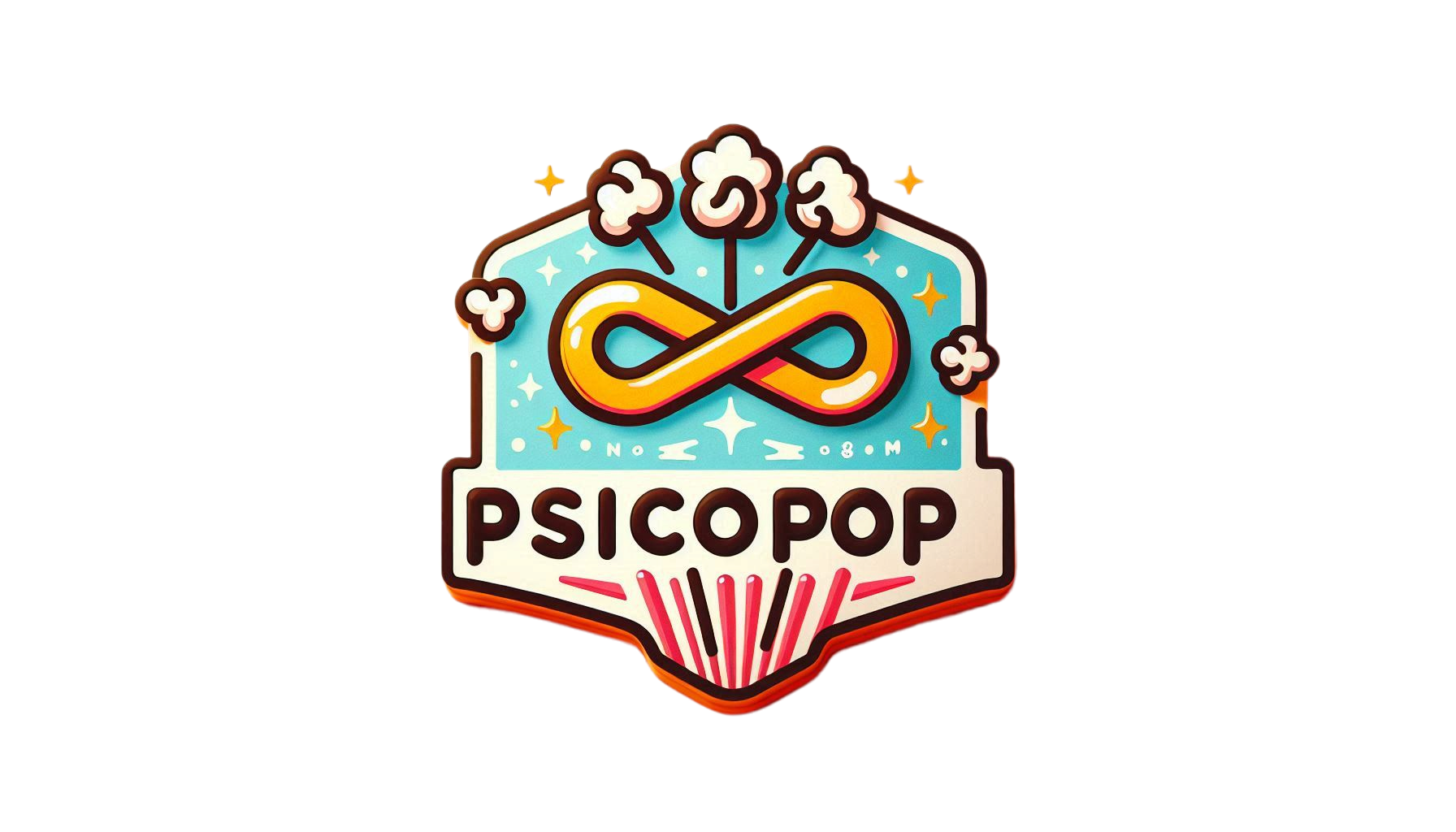Marc is my friend Anna’s three year old son and yesterday he met Ona, a rescued galga who arrived a few months ago as a dummy. I don’t know if it’s because she’s a greyhound, but I was stunned when Marc, when he saw her, said: “cat!
I would have said something like “malnourished dog!” or “long dog!”
The fact is that Marc already knows the concept of “cat” because he has one at home and, seeing Ona, he might have assimilated it into his pre-existing mental schema of “cat” instead of “dog”, a concept that is surely new to him.
Ona is a very thin, elongated dog with little hair, and on observing her, she realises these characteristics. If we add the fact that she is not a mule, she sees that something is wrong….. He will have to adjust his mental schema of “cat” to create a new one for “dog”. The goal, as Piaget said, is to reach equilibrium and this is reached when the child integrates the new information into his mental schemas .
Yes, Piaget focuses on individual cognitive development without paying much attention to the role of social interaction, but now we introduce Vygotsky. He maintains that learning is a socially mediated process, and that children, like Marc, learn more when they interact with other people, especially adults (an adult with a cockle brain wouldn’t do).
Therefore, in this second approach we would say that if Marc cannot read, he can learn to read with the help of an adult who reads aloud and explains the words to him.
With Piaget the concepts of balance, assimilation and accommodation are key, while with Vygotsky the concept of ZDP, which no, is not a brand of petrol station, is paramount, and refers to the Zone of Proximal Development, that is, the range of tasks that a child can perform with the help of an adult or a more skilled peer. Piaget focuses on individual development where the cultural role is indirect, while Vygotsky on social interaction and where the role of culture is essential .
The two theories do not stand alone: they are complementary and can be used together. In a maths class, a teacher can use a cooperative board game to teach children to add. The game provides a social context for learning (Vygotsky) and, at the same time, children are allowed to develop mathematical skills at the individual level (Piaget).
Could Vygotsky’s approach be applied to adults learning from their children?
📎 Alcaine, A. [Albert]. (2024, 25 July). Piaget and Vygotsky at a glance. PsicoPop. https://www.psicopop.top/en/piaget-vygotsky/
📖 References:
